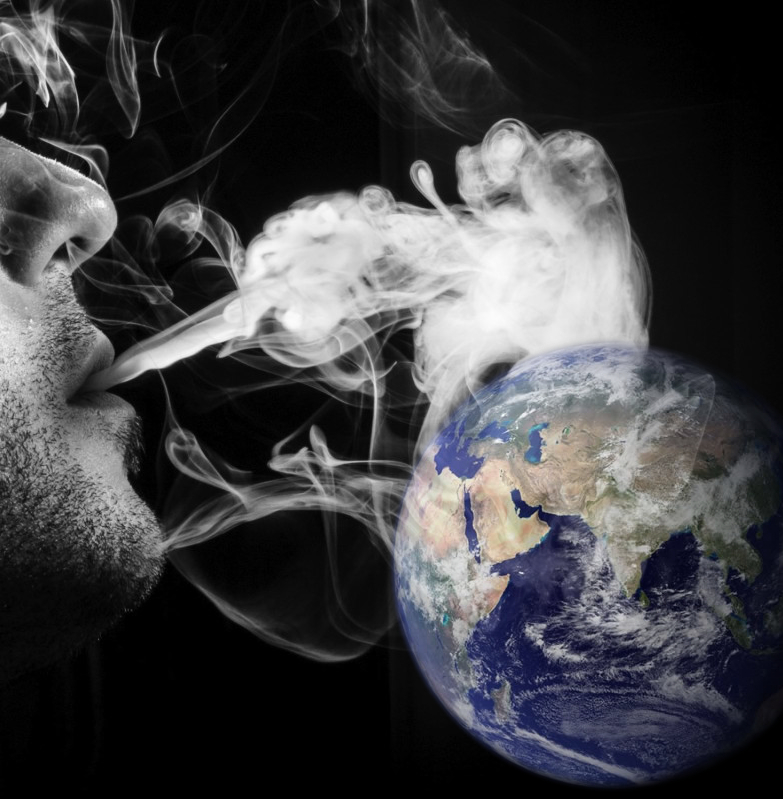CO2 surges to stunning high
 Concentrations of atmospheric carbon dioxide surged in 2016 to the highest level in 800,000 years, according to a new report.
Concentrations of atmospheric carbon dioxide surged in 2016 to the highest level in 800,000 years, according to a new report.
The World Meteorological Organization’s Greenhouse Gas Bulletin says globally averaged concentrations of CO2 reached 403.3 parts per million in 2016, up from 400.00 ppm in 2015, due to a combination of human activities and a strong El Niño event.
The report says rapidly increasing atmospheric levels of CO2 and other greenhouse gases have the potential to initiate unprecedented changes in climate systems, leading to “severe ecological and economic disruptions”.
The annual bulletin is based on observations from the WMO Global Atmosphere Watch Programme.
These observations help to track the changing levels of greenhouse gases and serve as an early warning system for changes in these key atmospheric drivers of climate change.
Population growth, intensified agricultural practices, increases in land use and deforestation, industrialization and associated energy use from fossil fuel sources have all contributed to increases in concentrations of greenhouse gases in the atmosphere since the industrial era, beginning in 1750.
“Without rapid cuts in CO2 and other greenhouse gas emissions, we will be heading for dangerous temperature increases by the end of this century, well above the target set by the Paris climate change agreement,” said WMO Secretary-General Petteri Taalas.
“Future generations will inherit a much more inhospitable planet,” he said.
“CO2 remains in the atmosphere for hundreds of years and in the oceans for even longer. The laws of physics mean that we face a much hotter, more extreme climate in the future. There is currently no magic wand to remove this CO2 from the atmosphere.”
“The numbers don't lie. We are still emitting far too much and this needs to be reversed. The last few years have seen enormous uptake of renewable energy, but we must now redouble our efforts to ensure these new low-carbon technologies are able to thrive. We have many of the solutions already to address this challenge. What we need now is global political will and a new sense of urgency,” said Erik Solheim, head of UN Environment.
The rate of increase of atmospheric CO2 over the past 70 years is nearly 100 times larger than that at the end of the last ice age. As far as direct and proxy observations can tell, such abrupt changes in the atmospheric levels of CO2 have never before been seen.
Over the last 800 000 years, pre-industrial atmospheric CO2 content remained below 280 ppm, but it has now risen to the 2016 global average of 403.3 ppm.
From the most-recent high-resolution reconstructions from ice cores, it is possible to observe that changes in CO2 have never been as fast as in the past 150 years.
The natural ice-age changes in CO2 have always preceded corresponding temperature changes.
Geological records show that the current levels of CO2 correspond to an “equilibrium” climate last observed in the mid-Pliocene (3–5 million years ago), a climate that was 2–3 °C warmer, where the Greenland and West Antarctic ice sheets melted and even some of the East Antarctic ice was lost, leading to sea levels that were 10–20 m higher than those today.







 Print
Print